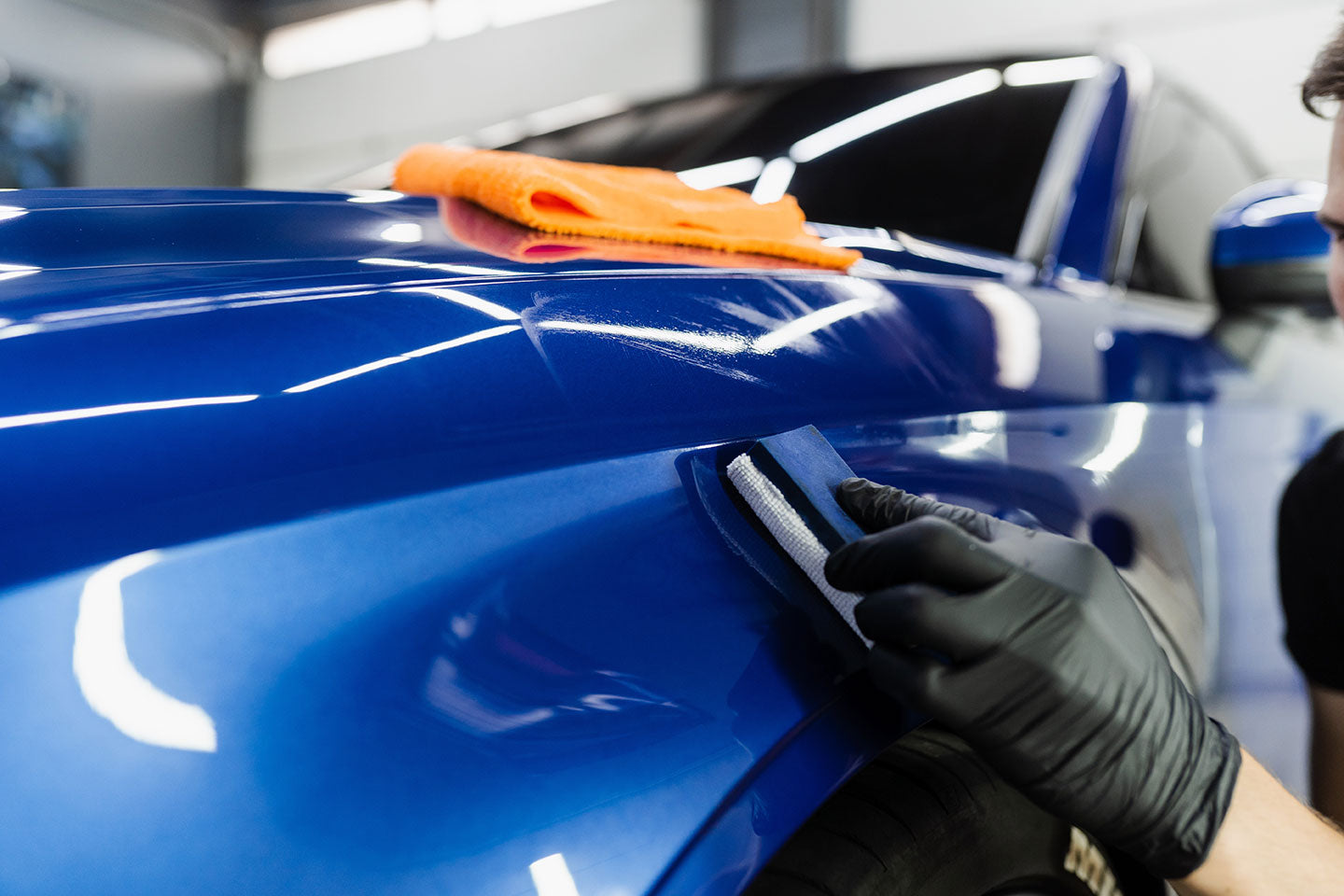A Comprehensive Overview to the Sorts Of Ceramic Layer on the Market
Ceramic coatings have emerged as a critical option throughout various sectors due to their unique residential properties and applications. As we discover the distinct attributes and applications of these coverings, the ramifications for performance and longevity come to be increasingly noticeable, elevating inquiries about which kind might best fit your needs.
Recognizing Ceramic Coatings
Ceramic coatings are innovative safety options that have gained popularity in different sectors, particularly in automotive and aerospace applications. These layers contain a fluid polymer that, when healed, forms a resilient, hydrophobic layer on the surface area of the substratum. This layer provides boosted resistance to ecological pollutants, UV radiation, and chemical exposure, consequently expanding the life and aesthetic allure of the underlying material.
The fundamental element of ceramic layers is silica, which adds to their hardness and toughness. The application process usually includes surface preparation, application of the finish, and healing, which can be achieved with warm or UV light. Once healed, ceramic finishings exhibit outstanding bonding properties, allowing them to stick highly to a range of surface areas, consisting of steels, plastics, and glass.
In enhancement to their safety attributes, ceramic finishings also offer ease of maintenance. Their hydrophobic nature lowers the adherence of dirt and grime, making cleaning easier and less frequent. In general, the fostering of ceramic coatings stands for a significant improvement in surface protection innovation, giving both useful and visual advantages across numerous sectors.
Types of Ceramic Coatings
Different kinds of ceramic coatings are available, each made to satisfy specific efficiency needs and applications - Auto Detailing. One of the most usual types include:
Silica-based Coatings: These coverings largely include silicon dioxide and are understood for their longevity and chemical resistance. They are extensively utilized in vehicle and commercial applications.
Titanium Dioxide Coatings: Popular for their photocatalytic properties, titanium dioxide layers are frequently applied in atmospheres where self-cleaning and antifungal residential properties are preferable, such as in structure materials and auto finishes.
Zirconia Coatings: Identified by their high-temperature security and thermal resistance, zirconia layers are made use of in applications such as generator engines and high-performance automobile elements.
Alumina Coatings: Exhibiting superb firmness and thermal stability, alumina layers are frequently made use of in wear-resistant applications, consisting of reducing tools and industrial machinery. - Auto Detailing
Crossbreed Coatings: Incorporating the properties of numerous products, crossbreed layers supply improved efficiency qualities, making them ideal for one-of-a-kind and requiring applications.
Each sort of ceramic coating offers unique purposes, permitting users to select one of the most ideal service based upon details ecological problems and performance demands.
Benefits of Ceramic Coatings
Ceramic finishings, in particular, offer many benefits that make them increasingly prominent among producers and consumers alike. Recommended Reading These coatings are resistant to scratches, chemicals, and UV rays, making sure that the underlying surface continues to be safeguarded over time.
In addition to durability, ceramic layers offer outstanding hydrophobic properties, enabling easy cleansing and maintenance. This water-repellent nature lessens the adherence of dirt, gunk, and other pollutants, which can extend the aesthetic appeal and capability of the surface. Ceramic coverings can significantly enhance thermal resistance, making them suitable for applications that sustain high temperatures.

Application Refine
When using ceramic coverings, a careful method is vital to achieve ideal results. A tidy surface area makes sure proper adhesion of the finishing.
As soon as the surface area is prepped, the next action is to apply the ceramic finish. The layer needs to be applied in thin layers, as thicker applications can lead to irregular surfaces.
After application, the layer calls for a certain healing time, typically varying from a try this website few hours to a full day, depending on the item. Adhering to these actions carefully will make best use of the performance and long life of the ceramic coating, supplying a sturdy protective layer for the surface area.
Upkeep and Durability
To ensure the longevity and efficiency of a ceramic finishing, routine upkeep is important. Ceramic coatings, recognized for their resilience and protective qualities, need particular treatment routines to maximize their lifespan and efficiency.
In enhancement to regular washing, routine examinations are vital. Look for indications of wear or damage, such as hydrophobic properties diminishing or surface area blemishes. If essential, a light gloss may be related to invigorate the layer without stripping it away.
In addition, the application of a booster spray can improve the coating's hydrophobic effects and restore its gloss. This is especially beneficial for coverings that have remained in usage for an extensive duration. Eventually, by adhering to these maintenance practices, one can considerably expand the life of a ceramic covering, making sure that it proceeds to provide optimal defense against ecological factors and keep the aesthetic appeal of the lorry.
Final thought
